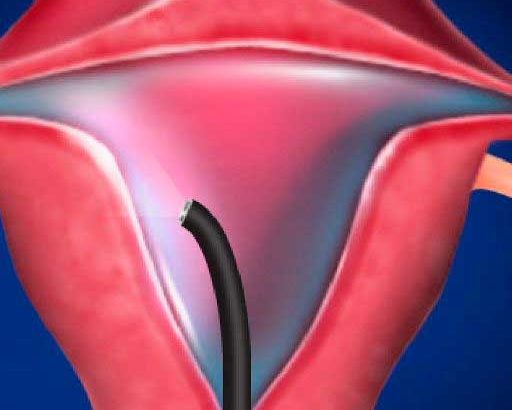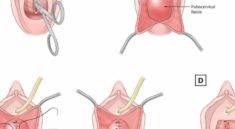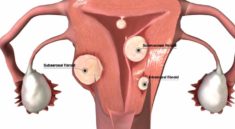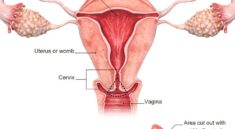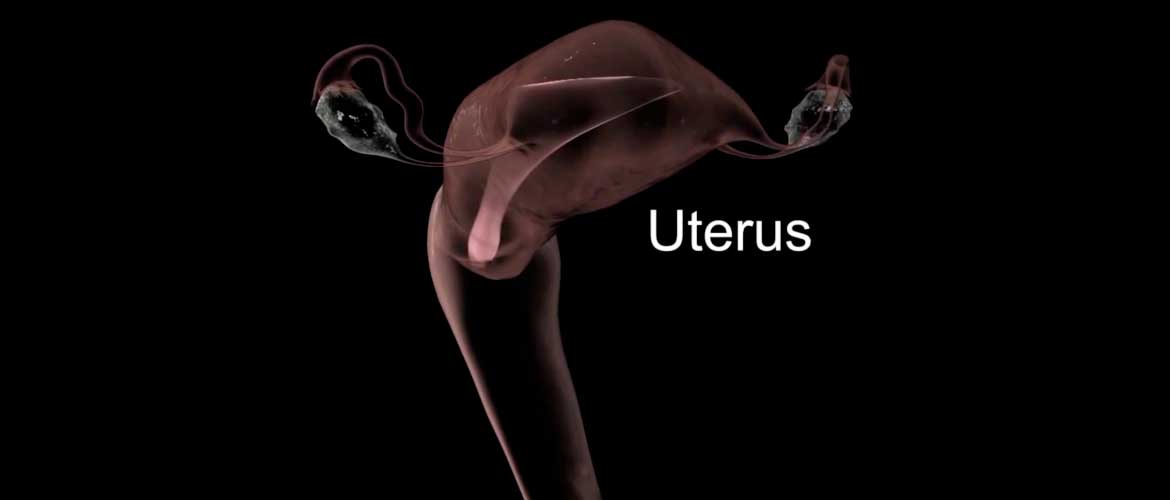
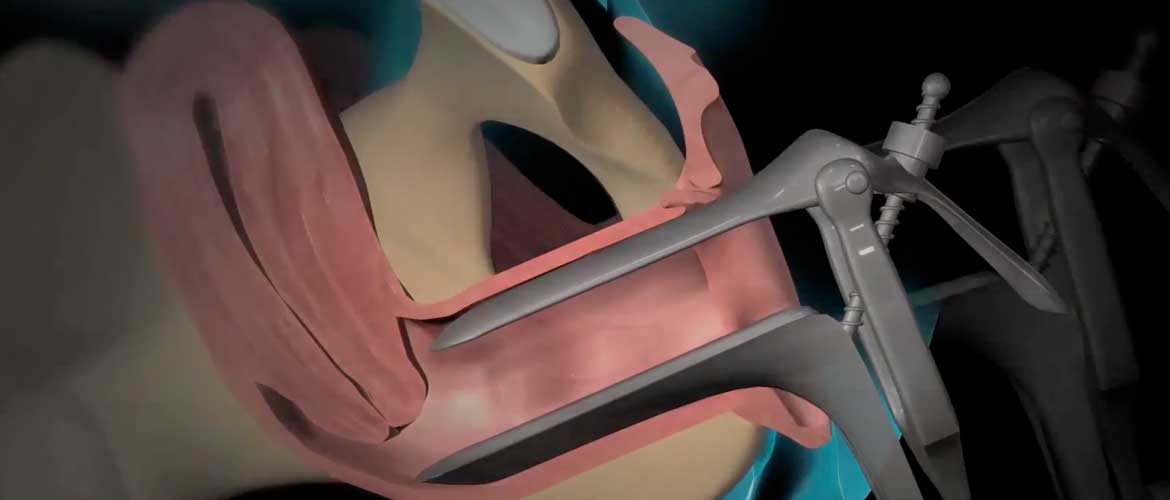
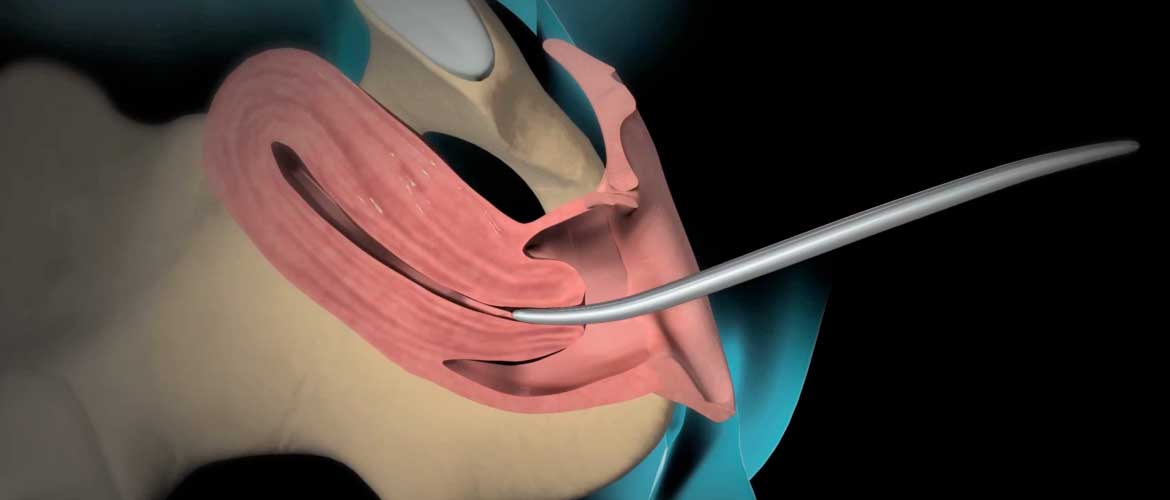
INFORMATION
HISTEROSCOPY
D and C
D and C (dilation and curettage) is a procedure to scrape and collect the tissue (endometrium) from inside the uterus.
- Dilation (D) is a widening of the cervix to allow instruments into the uterus.
- Curettage (C) is the scraping of the walls of the uterus.
Description
D and C, also called uterine scraping, may be performed in the hospital or in a clinic while you are under general or local anesthesia.
The health care provider will insert an instrument called a speculum into the vagina. This holds open the vaginal canal. Numbing medicine may be applied to the opening to the uterus (cervix).
The cervical canal is widened, and a curette (a metal loop on the end of a long, thin handle) is passed through the opening into the uterus cavity. The provider gently scrapes the inner layer of tissue, called the endometrium. The tissue is collected for examination.
Why the Procedure is Performed
This procedure may be done to:
- Diagnose or rule out conditions such as uterine cancer
- Remove tissue after a miscarriage
- Treat heavy menstrual bleeding, irregular periods, or bleeding between periods
- Perform a therapeutic or elective abortion
Your provider may also recommend a D and C if you have:
- Abnormal bleeding while you are on hormone replacement therapy
- An embedded intrauterine device (IUD)
- Bleeding after menopause
- Endometrial polyps (small lumps of tissue on the endometrium)
- Thickening of the uterus
This list may not include all possible reasons for a D and C.
Risks
- Puncture of the uterus
- Scarring of the uterine lining (Asherman syndrome, may lead to infertility later)
- Tear of the cervix
Risks due to anesthesia include:
- Reactions to medicines
- Problems breathing
- Bleeding
- Infection
What are the side effects of a D&C?
But be sure to contact your doctor if you have any of the following symptoms after a D&C:
Heavy or prolonged bleeding or blood clots.
Fever.
Pain.
Abdominal tenderness.
Foul-smelling discharge from the vagina.
WHAT IS THE OUTLOOK AFTER HYSTEROSCOPY?
The outlook depends upon the individual case and the reason for hysteroscopy. Many minor surgical procedures can be successfully performed using hysteroscopy. Complications are rare, and most women recover with only minor post-procedure cramping and bleeding.
Is D&C a painful procedure?
You may feel a pinch and a sting with the injection. Once your cervix is numb, you won’t be in any pain when your doctor dilates your cervix. However, you may experience some cramping in your uterus when the doctor removes the lining with a curette. A local anesthetic is an option in your doctor’s office or a clinic.
How long does it take for your cervix to heal after a D&C?
It is normal to have some spotting or light vaginal bleeding for a few days after the procedure. You may experience cramping for the first few days after a D&C. You may be instructed not to douche, use tampons, or have intercourse for two to three days after a D&C, or for a period of time recommended by your doctor.
How long does a hysteroscopy and D&C take?
The entire procedure, including curettage, takes about 20 minutes. In the end, the patient may have cramps that may last about 30 minutes; however, some women experience cramps for a much longer period of time.
When can I go back to work after a D&C?
Outlook. After the D&C, you will need to arrange for a friend, partner or relative to take you home and stay with you for 24 hours. You should be able to return to work within two to three days.
Can I go back to work after a hysteroscopy?
Most women feel they can return to normal activities, including work, the day after having a hysteroscopy. Some women return to work later the same day. However, you may wish to have a few days off to rest, particularly if you had treatment such as fibroids removal and/or a general anesthetic was used.
Can a hysteroscopy detect cancer?
If your doctor suspects you have uterine cancer, you may have some of the following tests, but you are unlikely to need all of them. The main tests for diagnosing cancerof the uterus are transvaginal ultrasound, examination of the lining of the uterus ( hysteroscopy) and tissue sampling ( biopsy ).
What should I eat after D&C?
- You can eat your normal diet. If your stomach is upset, try bland, low-fat foods like plain rice, broiled chicken, toast, and yogurt.
- Drink plenty of fluids (unless your doctor tells you not to).
When can you bathe after a D&C?
BATHING: you can take baths as soon as you desire. SEXUAL RELATIONS: You should avoid intercourse for approximately two weeks. After two weeks, you can have intercourse as soon as you and your partner feel emotionally ready

